Every cat owner has experienced that moment when their feline friend approaches them with a sound that’s completely unlike their usual meow. Maybe it’s a soft trill when you walk through the door, or a mysterious chatter while they’re staring out the window at birds. These aren’t random noises or quirky behaviors. Your cat is actually speaking to you in a sophisticated language that goes far deeper than simple hunger demands or attention-seeking.
Cats possess an incredibly complex vocal repertoire, with researchers identifying up to 21 different types of vocalizations. With around 9,000 years of domestication under their collars, cats have learned to fine-tune their vocalizations to their individual household to best get what they want, making them masters of persuasion. Understanding these nuanced sounds can transform your relationship with your cat from basic caretaking to genuine two-way communication. So let’s dive into the fascinating world of feline linguistics and discover what your cat is really trying to tell you.
The Classic Meow: More Than Just “Feed Me”
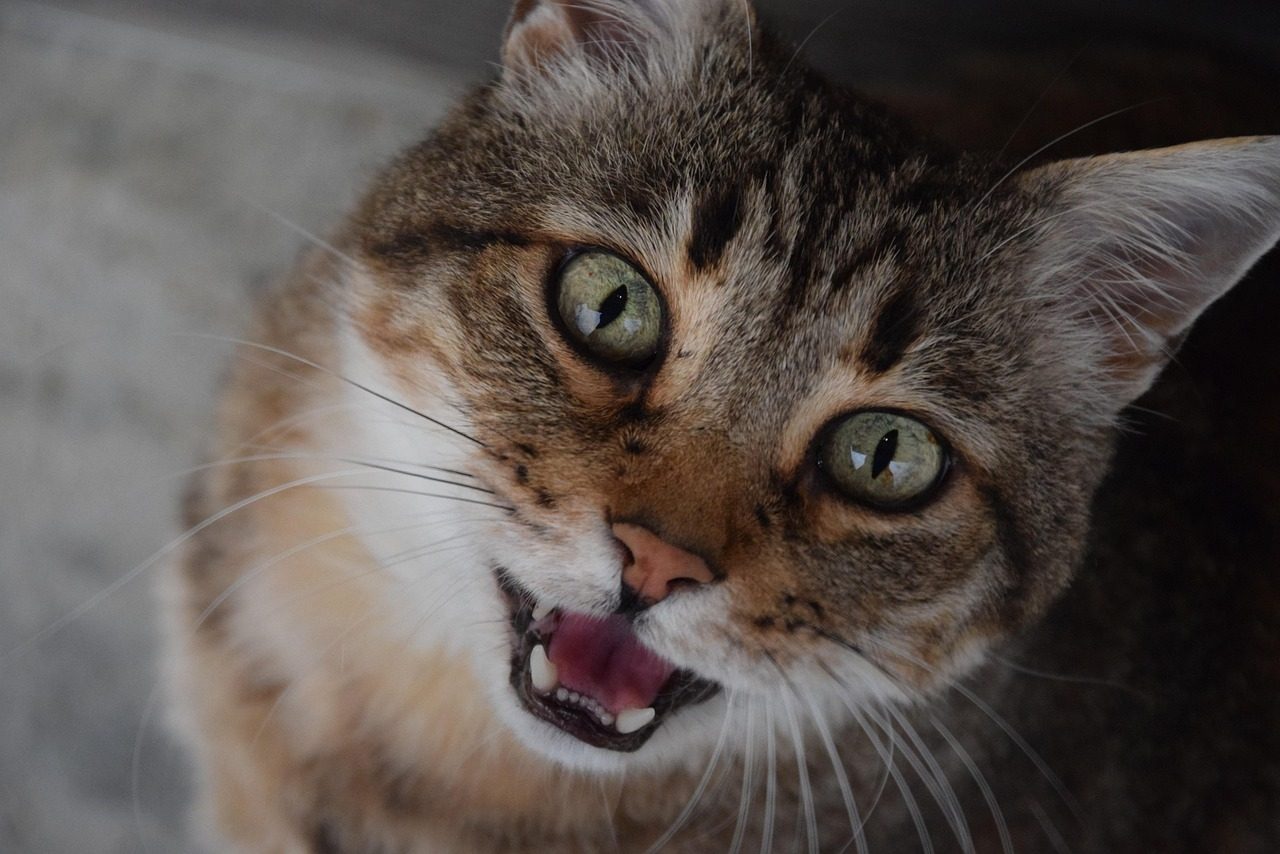
The meow of an adult cat is almost exclusively used to communicate with humans, and not other cats. First uttered by kittens when in need of their mothers, this juvenile vocalization fades away as wild cats mature, but cats in domesticity maintain this endearing vocalization throughout their adult lives. This revelation changes everything about how we understand our cats’ meows.
Your cat’s meow isn’t just one sound with one meaning. Meow is a multipurpose vocalization that can be a request, demand, greeting, announcement, or objection. Research suggests that cats can make slight adjustments to their vocalizations to give them specific meaning just for us. That means your cat has literally developed a personalized vocabulary specifically designed to communicate with you, making each cat-human relationship linguistically unique.
The Gentle Trill: Your Cat’s Love Letter
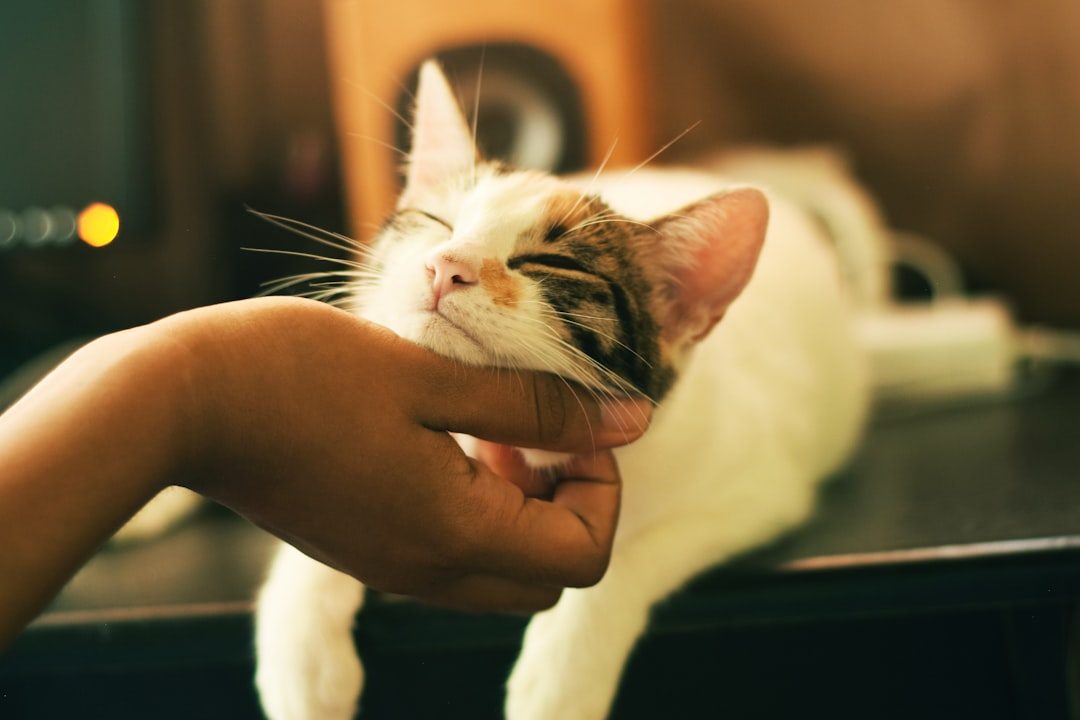
Trilling is a sound cats make that’s somewhere between a meow and a purr, a soft, rolling, chirruping noise that cats often use in greeting or when they’re happy. Unlike a meow, which can have a positive or negative meaning depending on the cat’s mood, cats usually only trill to convey a positive emotion, such as affection or happiness.
Think of trilling as your cat’s equivalent of a warm hug. It’s usually used to show contentment or affection, so if your cat trills as a greeting, you can take that as their way of saying ‘I’m glad to see you!’ Trills feel like a greeting wrapped in affection, and when your cat trills at you, they are expressing trust, companionship, and a desire to connect. This sound represents one of the most genuine expressions of feline love you can receive.
Purring: The Multifaceted Healing Hum
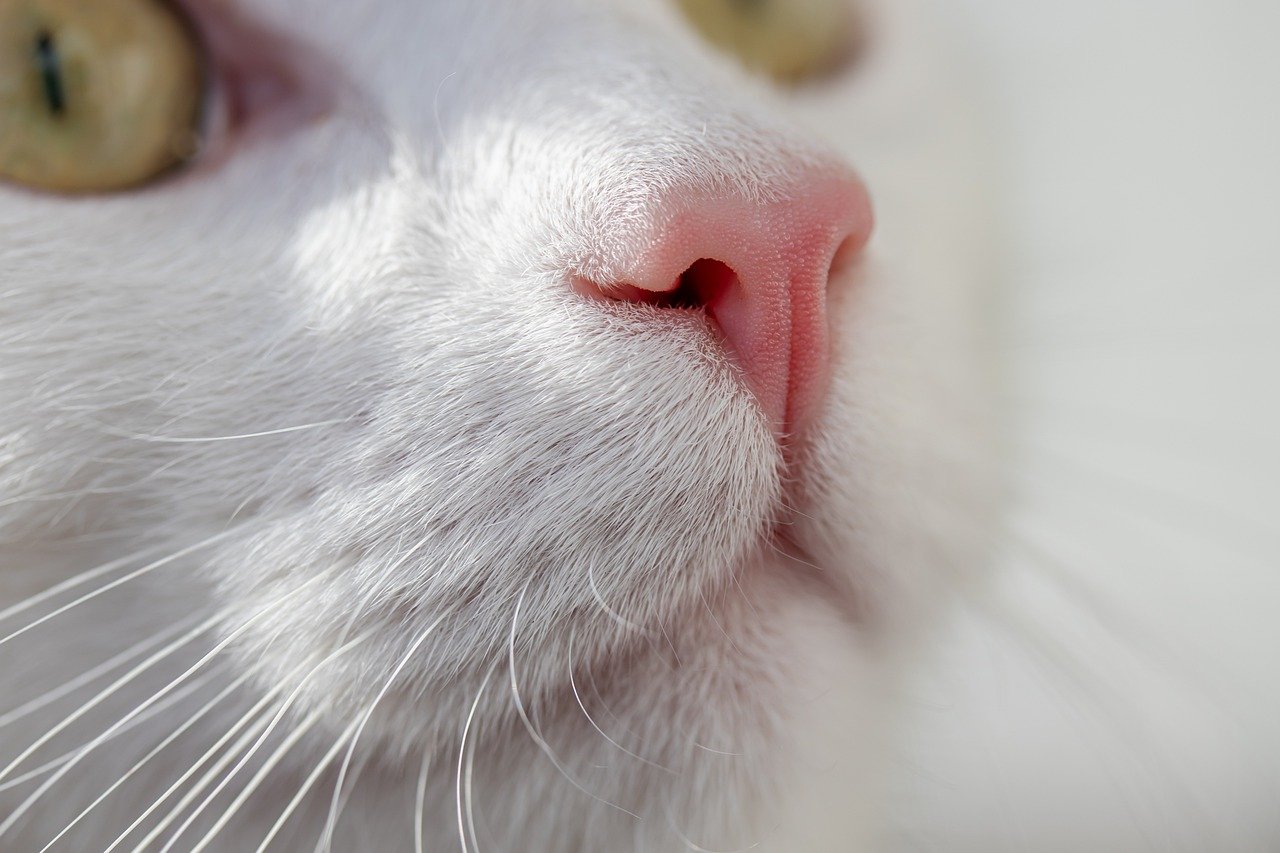
While most people recognize purring as a sign of contentment, this vibrating vocalization is far more complex than a simple happiness indicator. Purrs can also mean that a cat is scared, sick, or in pain. Purring is used as a form of self-soothing, which is why cats often purr when injured or in scary situations.
Research suggests that the vibrations of purring have a healing effect on the body, which could explain why injured cats purr. Your cat’s purr operates at a frequency that can actually promote bone healing and reduce pain, making it a sophisticated biological tool rather than just an expression of mood. Understanding this helps you recognize when your cat might be using purring to cope with stress or discomfort, not just to show happiness.
Chirps and Chattering: The Hunter’s Commentary
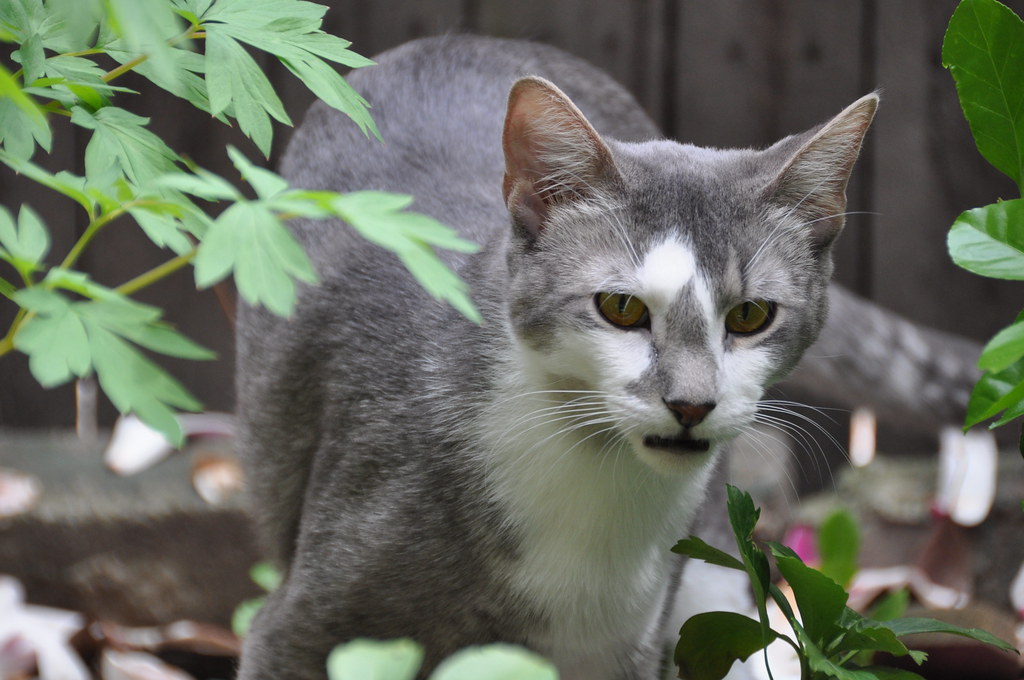
Chattering is a low smacking sound produced by a rhythmic clashing of the jaws, usually voiceless and produced without using the vocal cords. Along with chirping, chattering may occur when a cat spots prey that’s out of their reach. Chirping is a sharp, quick sound that many cats make when watching prey, often accompanied by a fluttery chatter as their jaw quivers, expressing anticipation and high focus.
Some experts believe this hunting instinct involves cats copying the calls of their prey, particularly when a bird or insect catches their attention and the cat becomes riveted to the prey. Some experts believe this jaw movement mimics the killing bite cats use in successful hunts. When your cat chatters at birds through the window, they’re essentially practicing their hunting technique and expressing their predatory excitement in a completely natural way.
Yowls and Howls: The Distress Signals You Can’t Ignore
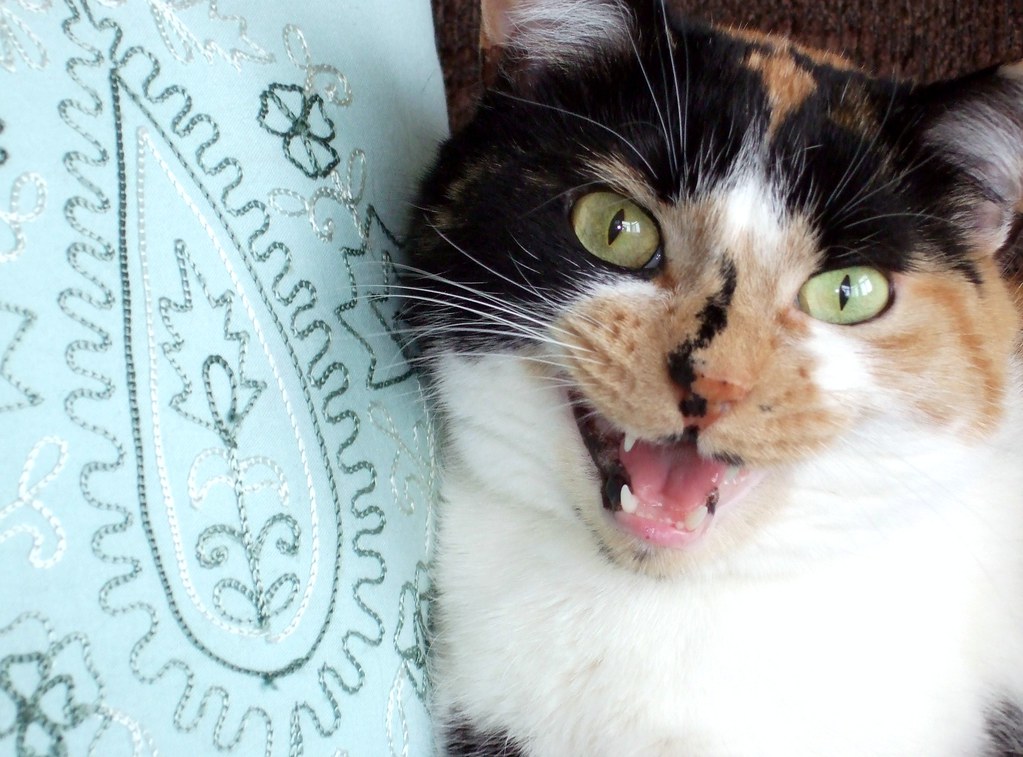
Yowling is a longer, more drawn-out moan that denotes worry, discomfort, territorial concern or mating issues. The yowl is often a cat-to-cat communication meaning “I want to mate,” or “I don’t want you coming around my place”. However, in elderly cats, yowling takes on a more serious meaning that requires immediate attention.
The yowling of an older cat is a long cry due to pain, distress, or grief, often the result of health conditions such as hyperthyroidism, hypertension, sensory decline, or cognitive dysfunction. Senior cats may caterwaul due to cognitive dysfunction, and cats may howl at all hours. Excessive nocturnal vocalization in an elderly cat is a distress signal, so if your cat’s behavior changes unexpectedly like this, get them checked out by a vet.
Silent Meows: The Ultimate Trust Signal
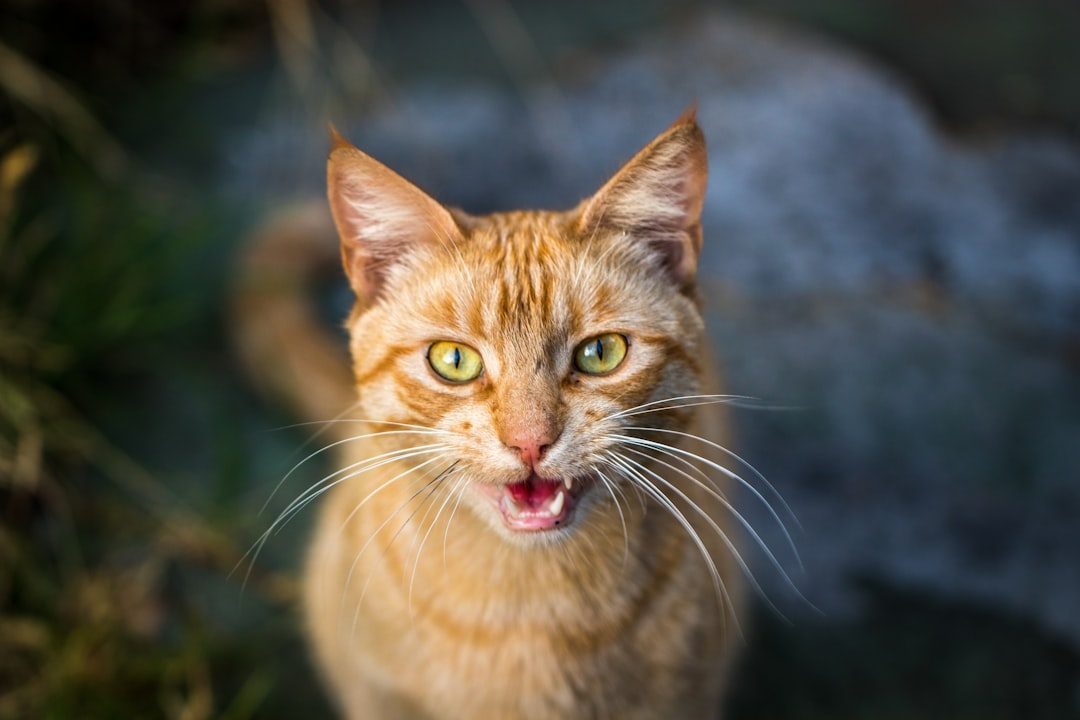
Sometimes the most profound communication happens without any sound at all. Meows can be assertive, plaintive, friendly, bold, welcoming, attention soliciting, demanding, complaining, sad, or even be silent. The silent meow represents one of the most touching forms of feline communication, typically reserved for the humans they trust most deeply.
When your cat opens their mouth in a meowing motion but produces no audible sound, they’re performing what behaviorists call a “silent meow.” This behavior often develops in cats who have learned that subtle communication works better with their particular human. It’s essentially your cat whispering to you, trusting that you’ll pay attention to their visual cues rather than demanding attention through loud vocalizations.
Gurgles and Murmurs: The Intimate Conversations
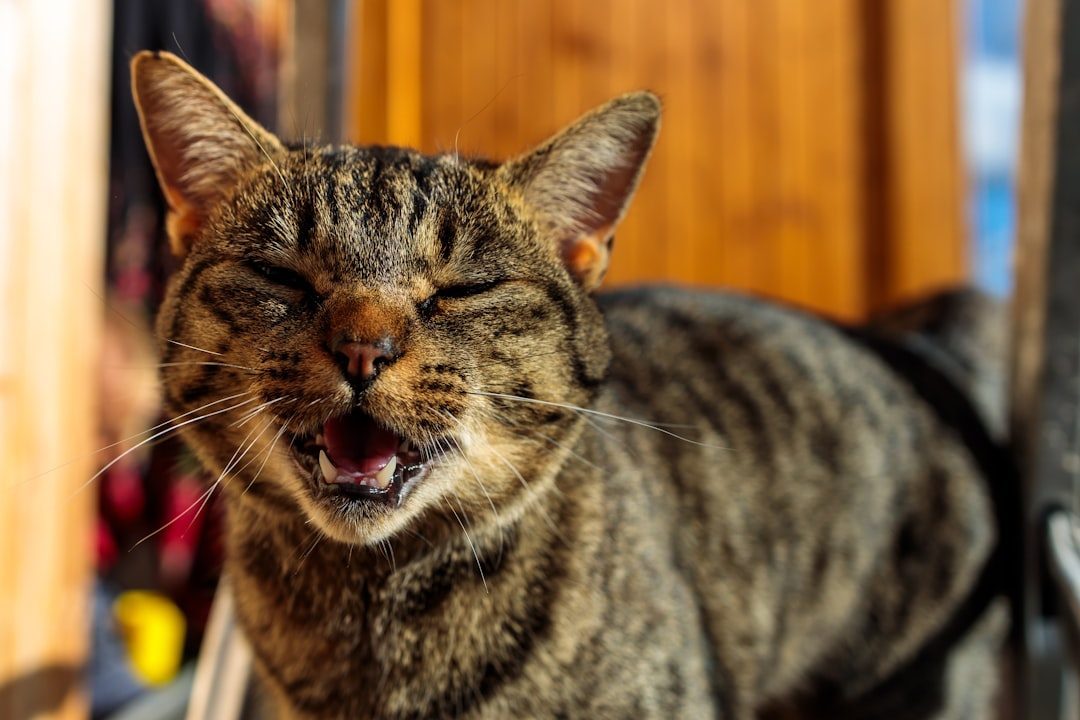
Cat trills, chirrs, chirrups, grunts, and murmurs are short and often soft meows rolled on the tongue, used during friendly approach and greeting, and during play. Grunts are usually more low-pitched, while trills are more high-pitched. Less common calls from mature cats included purring, conspecific greeting calls or murmurs, extended vocal dialogues between cats in separate cages.
These softer vocalizations represent your cat’s most intimate communication style. Sometimes cats combine a grunt or trill with a meow sound, producing more complex vocalization types. When your cat murmurs to you during quiet moments, perhaps while settling in for sleep or during gentle petting sessions, they’re sharing their most vulnerable and content emotional state. These sounds are rarely heard by outsiders and represent a special bond between you and your feline companion.
Your cat’s vocal repertoire represents thousands of years of evolutionary refinement, specifically adapted to communicate with you as their chosen human companion. Because trills and other positive vocalizations are used naturally between cats, hearing your cat use these sounds with you means they view you as part of their social circle, as family. Each sound carries layers of meaning that go far beyond basic needs, encompassing emotions, health status, and the depth of your relationship.
Next time your cat approaches you with any of these vocalizations, take a moment to really listen. Notice the context, observe their body language, and respond appropriately. Your cat has spent their entire life learning to speak your language. Now it’s time for you to learn theirs.
What do you think about these fascinating feline communication methods? Tell us in the comments which vocalizations you’ve noticed from your own cat!





